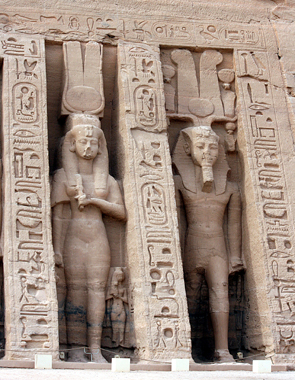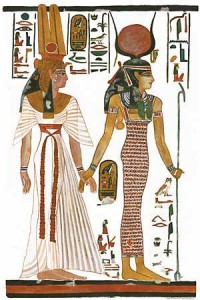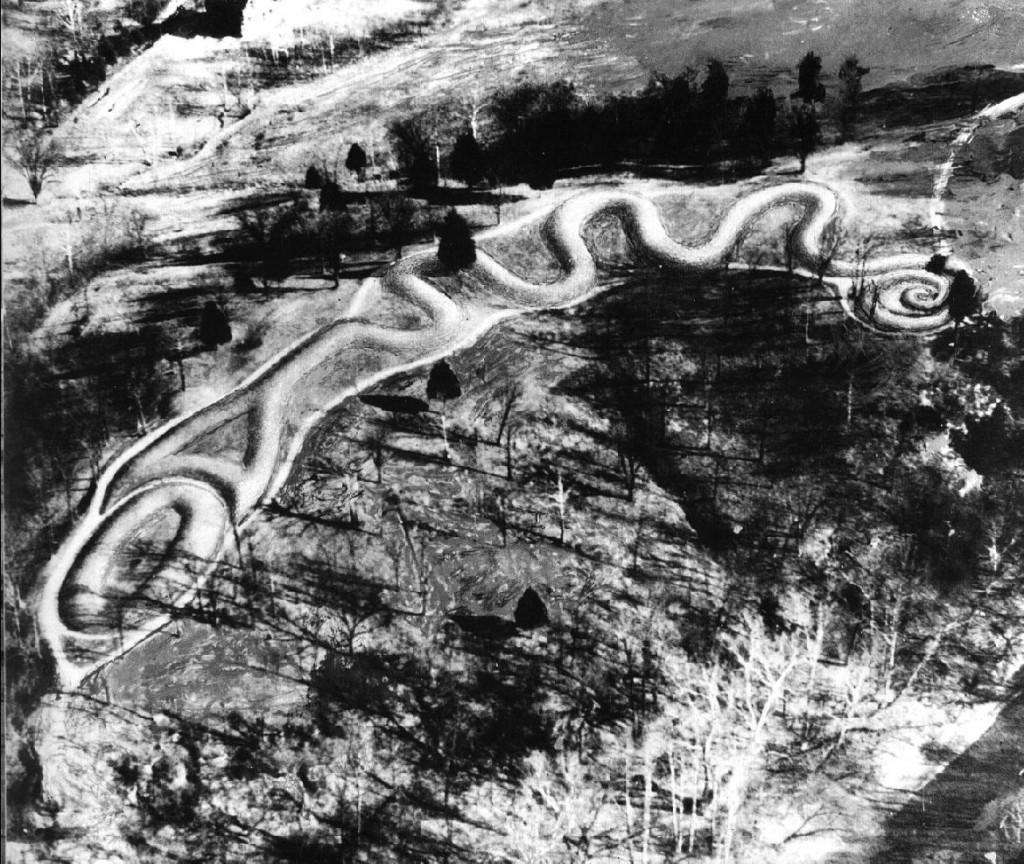411-meter long Great Serpent Mound in Ohio is the world’s longest effigy monument. Archaeological investigations have yielded conflicting results about its initial construction date, and various theories regarding its meaning have failed to gain traction. But a Revised Venus Theory–one that modifies Immanuel Velikovsky’s theory that the planet Venus was originally a comet that approached the Earth and caused great devastation–neatly matches key characteristics of the Great Serpent Mound.
Recently, this Revised Venus Theory has gained additional credibility from a commonsensical explanation of how a comet-like Venus could have seemed to emerge from Jupiter as in ancient Hindu and Greek myths (Jupiter’s gravity pulled it from the outer solar system), including a simple, obvious reinterpretation of the Metis myth. Much new evidence has also emerged. And the theory has found powerful substantiation from a reinterpretation of the headdress of Queen Nefertari of Egypt, consort of Pharaoh Ramses II, in this image from Abu Simbel (Ramses II’s headdress appears to contain Mars with two moons and a tail, either borrowed from Venus in an encounter or from Martian dust stirred up by an encounter).

 In effect, Nefertari’s headdress depicts the comet Venus with a bow wave and a double tail, with the comet/planet itself in oval form (caused by the pull of Jupiter’s gravitational and magnetic fields during the passage of Venus past Jupiter). A similar form for Venus but with horns for a double tail can also be found in the well known headdress of the goddess Isis (Venus), as in this image where she is leading Nefertari.
In effect, Nefertari’s headdress depicts the comet Venus with a bow wave and a double tail, with the comet/planet itself in oval form (caused by the pull of Jupiter’s gravitational and magnetic fields during the passage of Venus past Jupiter). A similar form for Venus but with horns for a double tail can also be found in the well known headdress of the goddess Isis (Venus), as in this image where she is leading Nefertari.
Reasons
Why should we believe that the Great Serpent Mound was a depiction of the comet Venus before it was tamed by interaction with the Earth and Mars into a planet with a circular orbit and only the vestige of a tail?
- Many peoples around the world viewed and depicted the comet Venus as a serpent god because of its tail.3
- The setting of the Great Serpent Mound is a very ancient impact crater and thus was associated with celestial events such as meteorites that may have fallen from the tail of Venus.
- The timing was approximately right. The original construction could have occurred at some time after the first approach of Venus around 2525 BC, or soon after the great catastrophe of 2200 BC during a particularly close approach. These early dates were before Venus began gradually to turn more spheroid and lose its long, double tail. They precede the Adena culture, which began around 1200-1000 BC. Subsequent peoples would have refurbished the monument, accounting for some later radiocarbon-dated objects found in it.
- The appearance and impact of Venus were dramatic, catastrophic, and repeated on a 52-year cycle, leading the builders to wish to propitiate and venerate the god with a massive monument.
- Building an effigy this size would help the Serpent God see it upon future approaches to the Earth and hopefully spare his or her devoted worshippers who had constructed it. For the same reason, the White Horse of Uffington was made to be fully visible from above.
- The oval “egg” in front of the mouth of the serpent is reminiscent of the oval in the Egyptian headdresses, except that it is rotated 90 degrees. This could be explained as representing the orientation of a molten, ovoid Comet Venus that had been elongated by Jupiter’s gravitational pull upon passing the gas giant and that proceeded along the direction of its longer axis like a bullet in its ongoing trajectory.
- Comet Venus was far larger than other comets, and so its tail was bifurcated, with the central portion blacked out from solar illumination by the body of the comet/planet. This led it to be termed the “bull of heaven” by peoples of the Near East and the Greeks, who viewed the twin tails as the horns of a bull (Poseidon was originally pronounced Bos eidon–the bull of heaven). In the Great Serpent Mound, the jaws of the serpent are opened in a manner that depicts how the portion immediately behind the oval (“egg”) was blacked out, then the twin tails joined together as they trailed farther behind Venus. 19th-century observers also reported “Upon either side of the serpent’s head extend two small triangular elevations, ten or twelve feet over. They are not high, and although too distinct to be overlooked, are yet too much obliterated to be satisfactorily traced.”4 These sound like the twin tails of Venus.
The Great Serpent Mound has not received any attention as part of the Comet Venus theory, but the Egyptian iconography in particular helps us see that the theory provides a good match for it.
This finding also can help explain the long controversy over whether the Moundbuilders of pre-Columbian America were native Americans or whether they came from some exotic origin with superior technology (Hebrews, Babylonians, Atlantaeans, etc.). The catastrophes caused by approaches of Venus devastated native American cultures that were in certain ways more advanced than those that replaced them and were encountered by European settlers. In other words, even though those observers who sought to identify an exotic source were mistaken, they were right to perceive a significant technological gap.
*****
Kenneth J. Dillon is an historian who writes on science, medicine, and history. See the biosketch at About Us. The Velikovsky controversy and related science figure in the plot of Dillon’s novel Rosemarie. 

